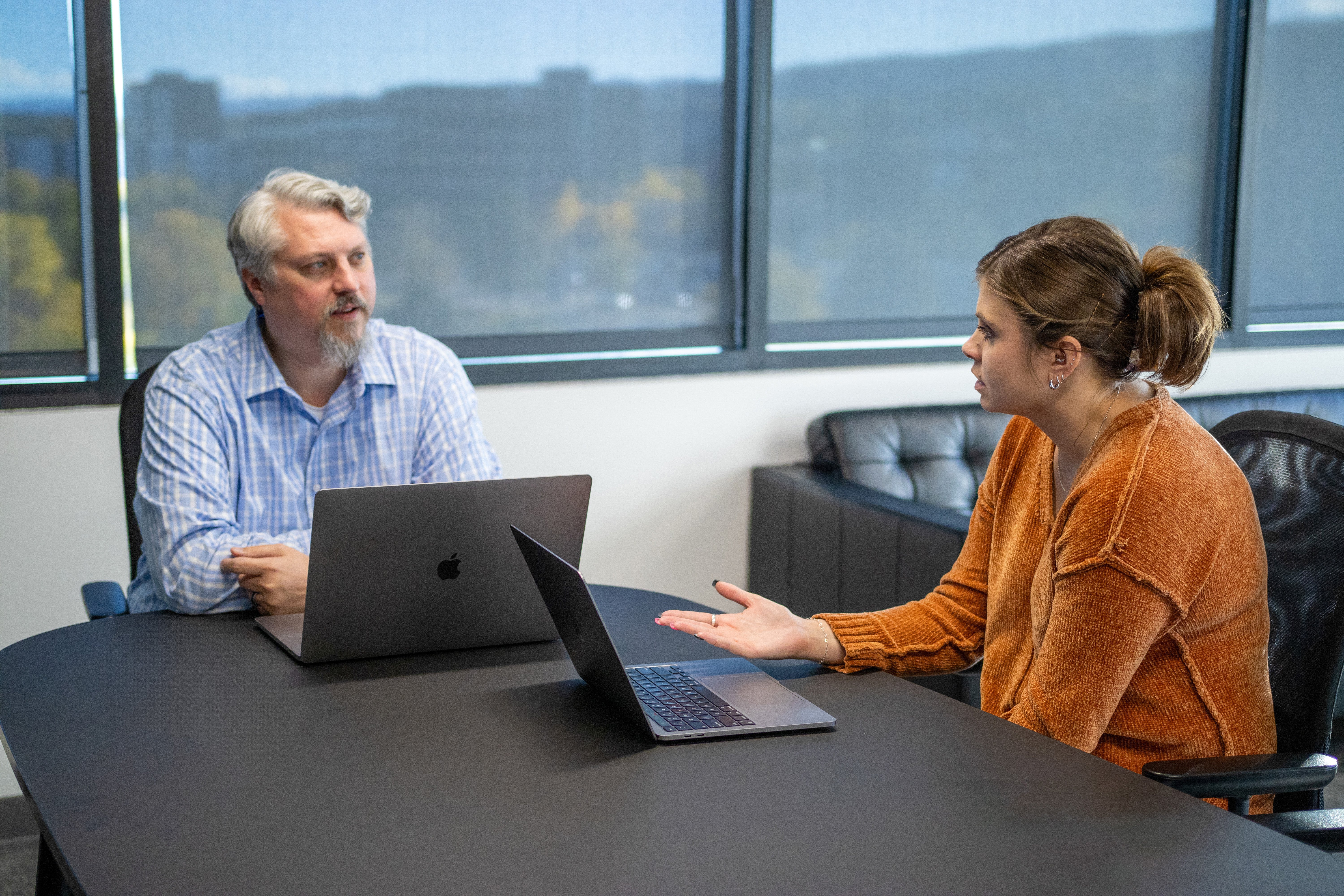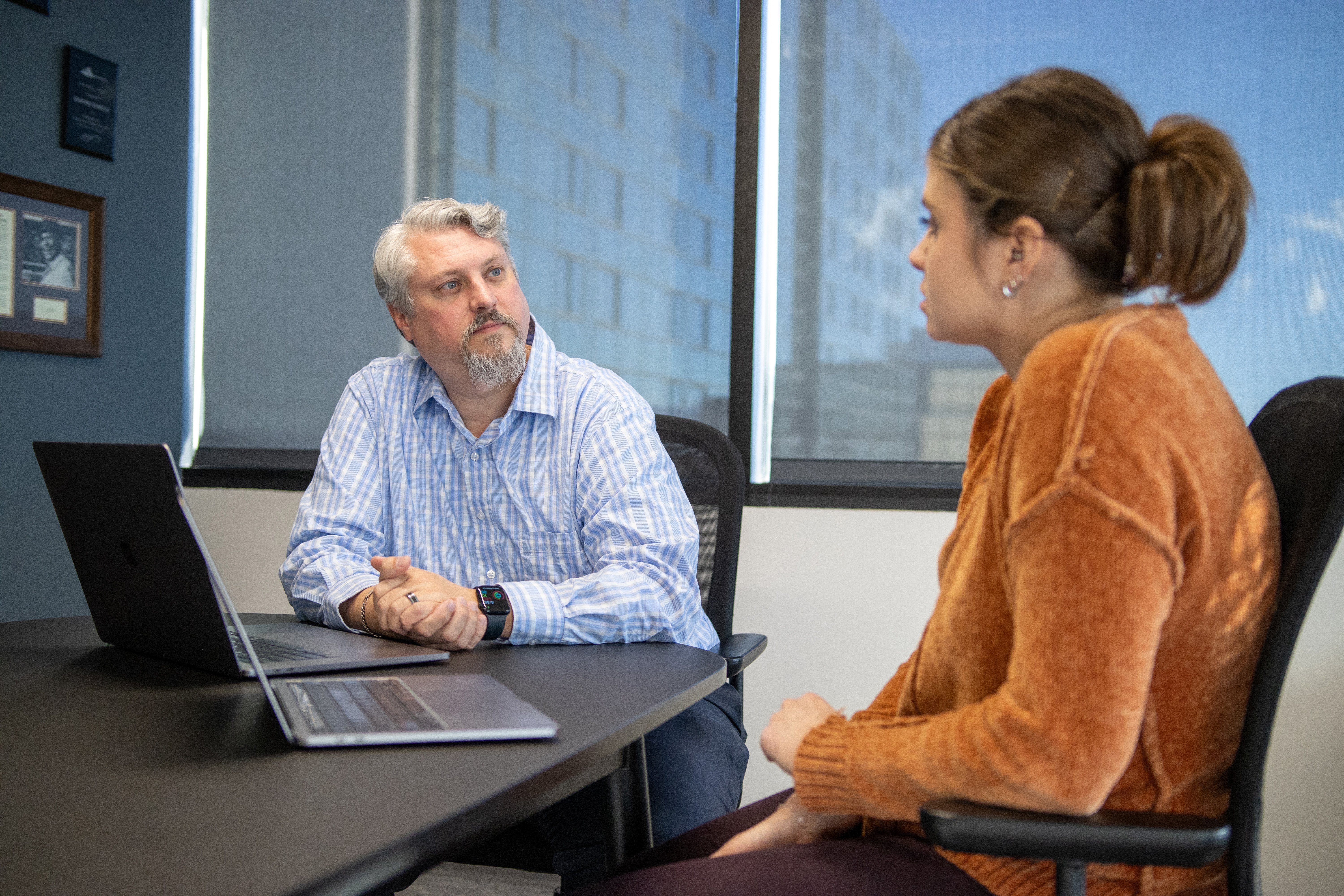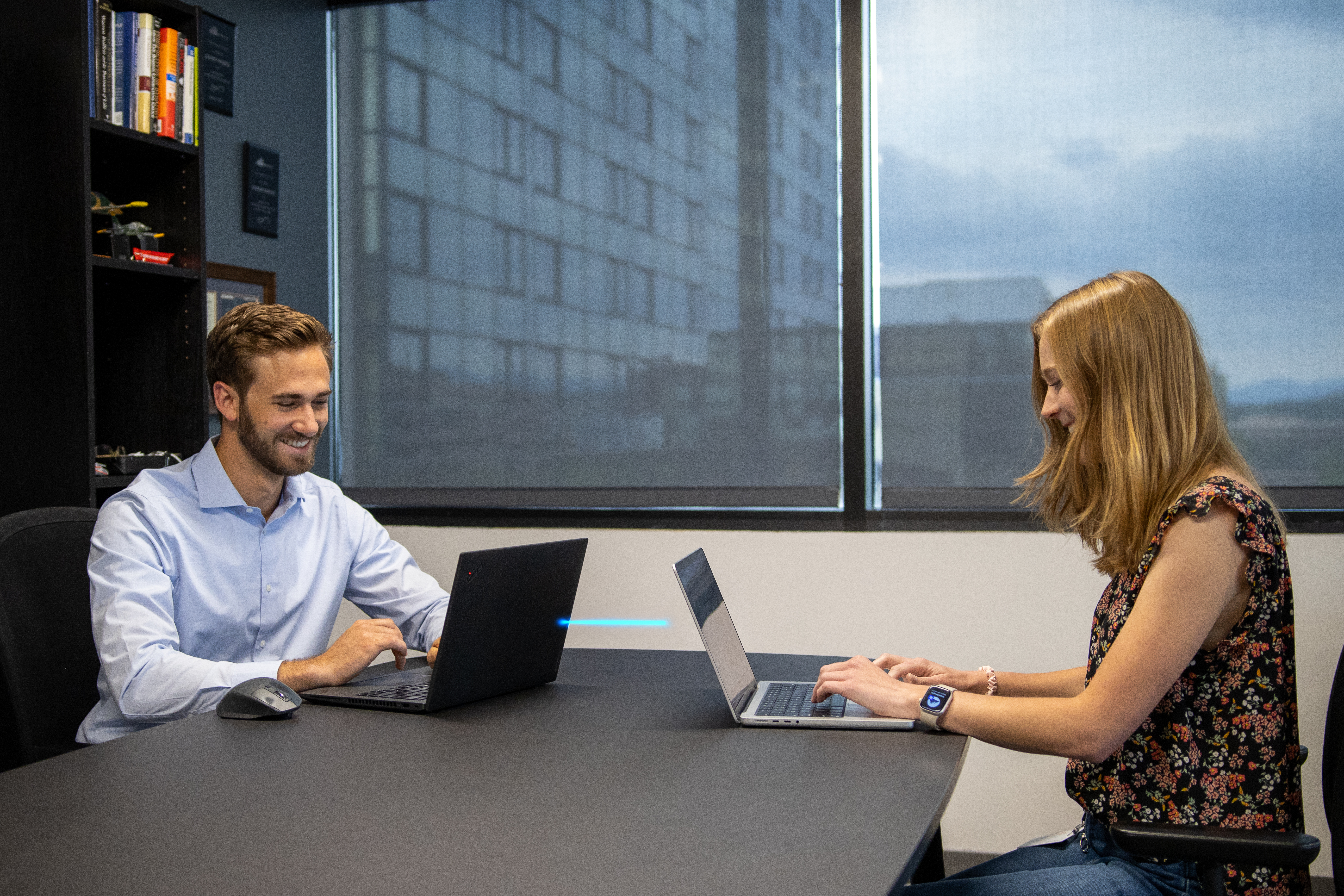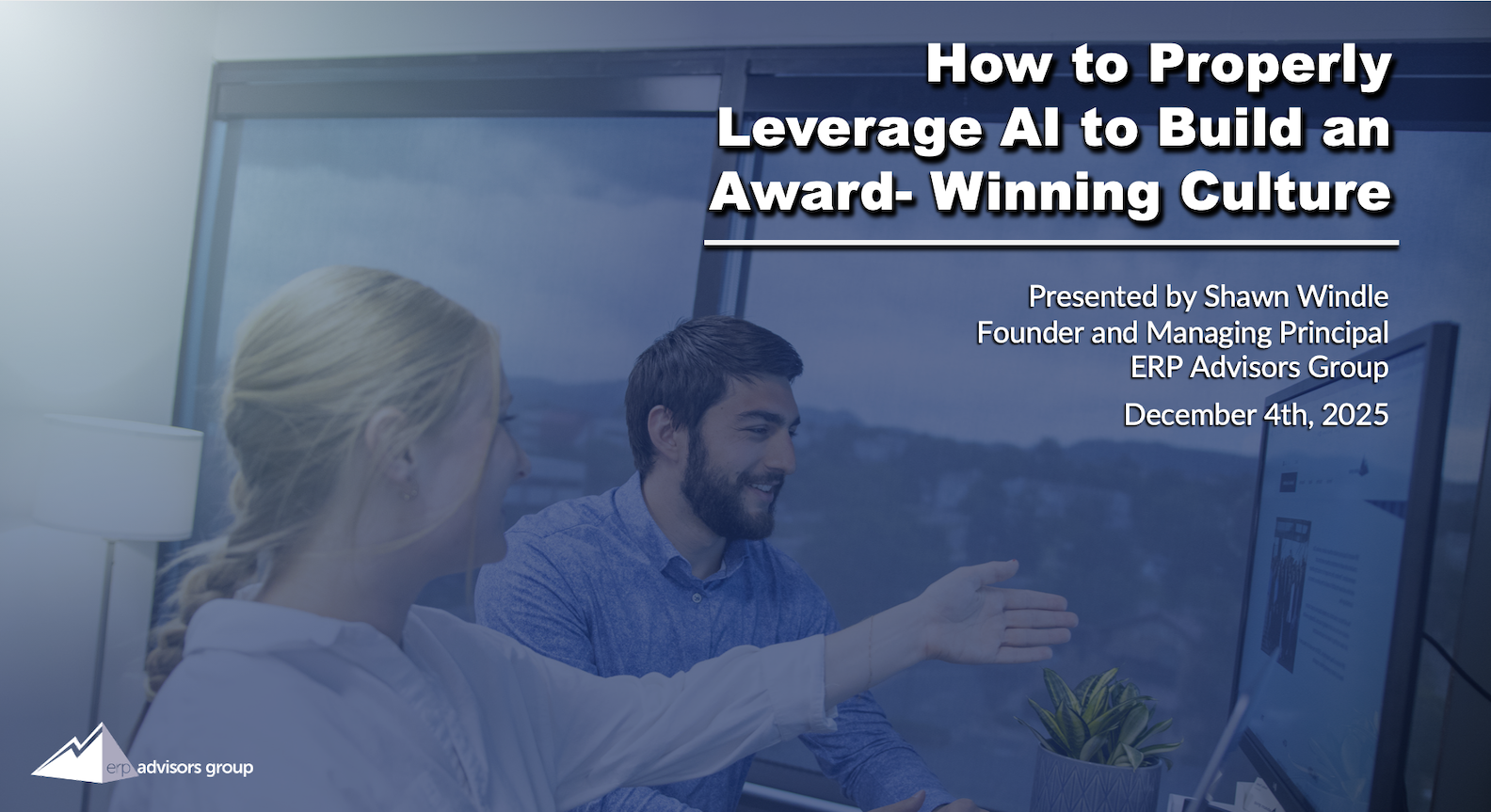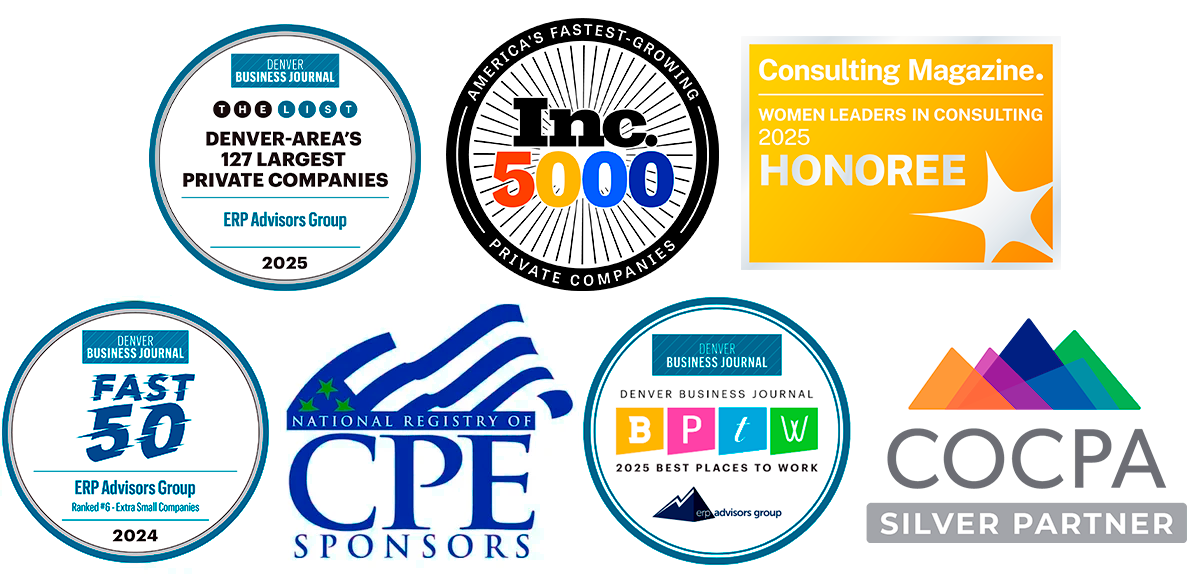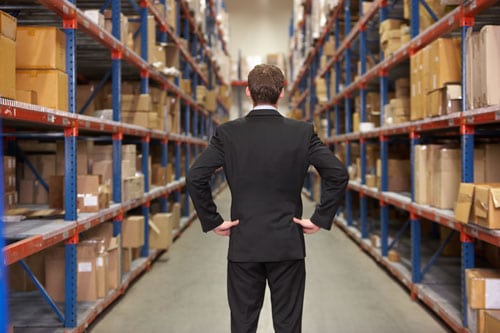
Wholesale Distribution and Manufacturing businesses work with tangible products. The business buys raw materials or products and converts them, either through process, transportation, or both, into finished goods. Orders come in and go out to customers. This traditional process has not changed much in the last few decades, and it is still the primary value these companies bring to the market.
However technology has enabled many different potential channels to the customer. How do we interact with businesses today? We go online. We look at websites, or use a banking app, or pay the telecom bill online. We have transformed how we shop and conduct business.
That transformation has not changed manufacturing, but it has disrupted channels, creating opportunities and dangers that did not exist before. Following a dropship model, traditional wholesalers or retailers can avoid logistics altogether. Manufacturers can hire contract manufacturers for parts and products they do not create.
Manufacturers, wholesalers, and distributors need to see omnichannel as more than a checkbox in order to create an effective strategy.
From Multi-channel to Omnichannel: Does the transition need to change your company?
In a field where anyone can sell anything, customer experience becomes the new mandate. How convenient is it for your customers to do business with you?
- Can customers order online?
- Can they pay online?
- Is customer support available during the sales process?
- Can customers service themselves after purchase?
- Are their questions answered so they are always comfortable with your service and product?
Technology has revolutionized the way that Wholesale Distributors and Manufacturers interact with customers. When data can be exchanged quickly and inexpensively, these interactions can become much more flexible and collaborative. This has broad implications for your business.
Understanding platforms
Products have always traveled different paths to reach the end customer, but the primary question was: Where would the purchase be made? Now, the question is not where, but how. There are many different platforms customers can use to make purchases, request support, track orders, and discuss/research products.
- Websites
- Phone
- Fax
- Electronic data exchange (EDI)
- Point-to-point integrations with Enterprise Resource Planning (ERP) systems
“Customer” is a loose term here. It is equally important to remember that in addition to the end consumer, you may have distributors or external sales reps. There may be other stakeholders in your ecosystem that need to pull information from you on a frequent basis. They need ways to interact with you that they would define as convenient, no matter their preferred platform/s, or they will buy from a competitor. Omnichannel is about opening these different pathways for your stakeholders to interact with you.
Consider Phase 1
Many attempts to implement omnichannel fail because the business is unnecessarily ambitious in Phase 1. It can be very good to have a long-term roadmap which describes the ideal end-state. It will take significant investment of resources and time to achieve the end-state, however. Rolling out incremental improvements along the way is not only more efficient, this stair-step plan has been proven to increase the probability of achieving the project’s strategic goals.
We advise you start with implementing the most basic foundation for an omnichannel strategy at first.
- E-commerce: Customers can interact with your product catalogue through the web
- System integrations
- Customer service with a dependable line of communication through phone and possibly email
Focus on core business processes
We want to extract the maximum business value for the investment, so the next question to ask is what platforms and capabilities will deliver the most cost savings or profitability?
Return Merchandise Authorizations, or RMAs, can be onerous from a business process perspective. An RMA is most likely a supplemental business process because it does not drive performance. It might help improve customer support, or in some industries, like clothing, it might actually increase sales because the fear of returning an item is a significant concern. However, most industries will find more important areas of focus.
Making the customer journey easier during the purchase process can have profound implications on revenues and repeat business. This is a more typical starting point. An RMA might be a Phase 2 or Phase 3 item on the roadmap, but Phase 1 should be concerned with the most impactful items so that you can derive value quickly.
Think like the customer
Many businesses are doing omnichannel without putting thought and planning into the strategy. Remember that omnichannel is not about operations. The focus needs to be on the customer and external parties. The plenitude of channel options makes it important for businesses to take the time to understand how their highest-value stakeholders want to engage, taking the customer into consideration before planning begins.
Think about how easy or difficult it is to do business with you, and be sure to consider each customer profile. Once you understand where these difficulties lie, then you can problem solve with the ability to unlock new pathways for purchases and services. In some industries, we see external sales agents using specific software or platforms. Part of an effective omnichannel strategy could be to integrate with key platforms.
By considering customers, the most basic foundation, and the core business, you will pare down the omnichannel initiative to the smallest investment required for the greatest impact.
Omnichannel does not need to change your business processes
Opening different channels for communication is difficult enough without impacting fundamental business processes. The initial goal for a digital transformation should not be to open these diverse pathways but to funnel them into one process. Some businesses try to duplicate or translate processes, but this approach can be costly. Imagine replicating a Return Merchandise Authorization (RMA) across different channels.
A better strategy is to funnel interactions into the current process within four walls. Instead of creating new RMAs, grant access to RMA process online. Give Customer Service Representatives (CSRs) access to the exact same tool. The main business logic can stay the same, but enable stakeholders to interact on a screen, in ways that are convenient for their process while conserving yours.
Digital transformation is about changing your organization through significant process improvement by giving your customers, vendors and stakeholders the greatest flexibility for interacting with your business.
Juliette Welch: Thank you everyone for joining us for today's call: Creating an Omnichannel Experience for Your Wholesale or Manufacturing Business.
Shawn Windle will be our speaker for today. Shawn is the Founder and Managing Principal of ERP Advisors Group based in Denver, Colorado.
ERP Advisors Group is one of the country's top independent enterprise software advisory firms. ERP Advisors Group advises mid to large size businesses on selecting and implementing business applications from enterprise resource planning, customer relationship management, human capital management, business intelligence, and other enterprise applications which equate to millions of dollars in software deals each year across many industries.
On today's call, Shawn will discuss how your wholesale distribution and manufacturing businesses can benefit from using omnichannel technologies by modernizing operations for your business partners and customers.
Shawn, let me introduce you.
Shawn Windle: Hello Juliette. Thank you for the introduction and I'm excited about this topic.
What we'll do on today's call is we'll talk a little bit about, as Juliette said, the omnichannel experience and really focusing in on wholesale distribution and manufacturing companies, give a little bit of background on the business processes for each of those businesses and how systems typically work there, but we'll really dive in on what it means to have this omnichannel experience.
And then we'll finish up with the true digital transformation that omnichannel is a major part of, and some really important steps — three specific steps — that that you need to follow to really get an place and omnichannel strategy for your company.
So, let's start off by talking about wholesale distribution and manufacturing businesses.
And when you think about your businesses, if you work in those industries, you have very tangible products.
So, you're buying raw materials or products, and then you are adding some kind of a process to them to convert them into finished products. And you've got orders that are coming in from your customers. You're picking the product, packing it, shipping it to your customer. You're invoicing the customer. That's a traditional wholesale manufacturing product-based business process basically.
Now in 2018, the year we're in right now, there are a million different slants to that business process. From simple things like you take in an order from your customer and you send that order as a purchase order to your vendor and then the vendor actually ships that product directly to your customer and invoices you and you send the invoice to the customer — more of a drop-ship model — all the way to having third parties that do all of your manufacturing for you — contract manufacturers to wholesale distribution companies that maintain all virtual inventory.
Like there's a ton of different things that businesses are doing today, and one of the major reasons why they can do that is because of the technologies that are in place allow for that data interchange.
And when you think about the way we all do business with customers and with vendors today, even on a consumer basis, you go online. You're interacting with your banks or the telecommunication companies really is how this whole thing started off.
I remember in very late 1990s or in early 2000s I was at a company that was building these incredible —they were revolutionary solutions which was putting your telco bill online so that you could see your AT&T bill and even pay it right there without having to send a check.
That wasn't that long ago — I'm not that old — it was a couple decades ago. I guess maybe I am that old. But something that was such a simple process at that time didn't exist even a couple years earlier.
So, we've really gone through this transformation of how we interact with each other through businesses online.
And that's really what started this movement of companies saying, why don't we take all of our customer experiences and streamline them and put them online? Let's put the bill online, let's put the ability for the customer to pay for the bill online.
And let's also put customer support online so customers can self-service. They can — we can have FAQ. We can have a knowledge repository with all kinds of artificial intelligence now where customers can basically get their questions answered for themselves all the way to why don't we have customers enter their orders to us online?
So, we've got this online presence thing that came up over just the last couple decades that's extremely real. And it's revolutionized the way that wholesale distributors and manufacturers interact with their customers.
Things like electronic data interchange, EDI — based on X12 or EDIFACT standards — those have always been in place. But now you're a business that wants to do this — it's working with your customer in this really more collaborative, more flexible way.
Now you might have a customer that does want to transact business with you with EDI.
Then you have another customer who says no, I just want to go on your website, and I want to place my orders through your product catalog and I want to see what your real time availability is.
Then you have another customer and says, well, we're not really that tech savvy, so I just really want to send you an email with what I want.
And then another customer says, well, I really just want to fax in an order form. Just send me an order form and then I'll fill it out and I'll fax it in.
And then other customers say, well, I just want to call. I just want to be able to call, place my order online or place my order through the phone through a customer service representative. And that's where we're going to do it.
And as a manufacturer, wholesale distributor from your order processing group, you basically say, yes. And then you find out what the question was, because you want to drive more business with your customers.
That's what's really led to the need for omnichannel.
So, when we talk about omnichannel, omni basically means many. And channel being different lines of communications — or different lines that communications flow from us to our customers or us to our vendors.
And so, if you have an omnichannel strategy, you're basically saying customers or vendors or even other stakeholders can get and receive information from us through these different communication lines. And I mentioned a few of them like phone, fax, email, e-commerce site, EDI, there might even be point-to-point integrations between your ERP — your enterprise resource planning system — and their enterprise resource planning system.
And it's not just customers and vendors. You may have distributors. You may have external sales reps. There may be other stakeholders in your ecosystem that need to pull information from you on a frequent basis, and so you want to make sure that they can do that.
So, the problems that come from that are you have to be able to receive all of these communications and you have to be able to take them and basically funnel them into one process, into a fulfillment process, or into a customer support process because you can't afford to have four different processes — one for email, one for your ecommerce, one for direct integration with your system, one for a phone call.
Like you really — the goal of the omnichannel experience is that you're able to support all these channels with your customers, but you're funneling them down into one main business process that you're still executing no matter what the input was from the customer.
So, for instance, when it comes to customer support, many distributors and manufacturers will have a return merchandise authorization or RMA process where a customer receives the product and it doesn't work, or it's not what they thought it was or they don't want it anymore.
So, they have to call you and you will decide if you were willing to return that or not, especially for larger items.
And let's say the customer calls and is talking to a customer service representative and the customer service representative has their questions that they go through and they make the decision, yes, we authorize your returning of this merchandise, I'm going to send you a number — an RMA number — and you have to put that number onto the product and in the shipping docs that then you're going to send that back to our basically to our warehouse who will receive that item.
And when they open that box and they see that RMA number, they'll say, okay yeah, we'll just go ahead and put this item back into our system into some kind of a quarantine stock or whatever it is until it's inspected and then decide what to do with it from there.
Does it get repaired? Does it go back into stock. Does it get trial? But basically trashed if you will —wasted? Or does it — is there something else that happens to do it?
But that RMA process is a pretty complex process. There's some checking that the customer support has to do first, there's a number assignment, and then there's notifying the warehouse that it's there.
Now, the goal of the omnichannel experience is that basically the customer can do and request an RMA with you or start an RMA with you through any of the channels that you have available.
So that's really why this omnichannel experience is so important.
It's not just about working with our clients or your customers, your suppliers, your distributors, your sales reps, but it's more important about putting all of those processes again into one main process that runs through your business, because if you're trying to replicate an RMA process across those different channels after how much money you're spending on an RMA or on any business process, it's going to be prohibitive to do that.
So, super important that you're thinking not just with wow, this is great, we can work with and interact with our customers across all these different channels — it's just as important, if not more, to say, how do we take all that interaction and get it funneled into our current process in our main process but then basically our four walls?
So, when you think about omnichannel experience, what ultimately we're working with our clients on — we call it this true digital transformation — definitely a consulting word that's being used a lot, but it's really true with how do we take these interactions and digitize them in a way that we can automate processes and that we can report upon them and we can improve them better?
And when you think about the omnichannel experience, think about that from a customer and vendors so they're able to interact with you and your business processes in a digital format versus having to do something that's more of a manual.
So, basically if you think about the example that I gave you, let's allow the customer to have access to your requests for merchandise authorization process online. Let's give your CSR's the exact same tool to enter the RMI that are made at the customer can see.
But maybe a customer just wants to call — no problem, right? And then let's also give their enterprise applications the ability to do an integration with your system and that RMA business logic is basically the same business logic that that users or people are interacting with on this screen.
So, now we're really talking about how do you transform your organization through significant process improvement but also giving your customers, your vendors, and other people both the absolute most flexibility for interacting with your business.
So, how do you get there? You know we always try to come up with at least three to five different really key points from these calls.
And when we're thinking about omnichannel, there's three key steps to really achieving an omnichannel strategy that's going to work.
The first one is only do what you need.
So you can see in the marketplace if you do omnichannel products or omnichannel failures on Google, you'll see that companies have spent a lot of money trying to put in place this omnichannel experience only for the project to fail because they bit off more than they could chew.
So, what we see as a minimum for omnichannel is definitely e-commerce from a customer, a person interacting with your website through your product catalog as well as integration systems to system integrations. And then having your wide communication through a customer service representative through the phone or even through email.
I mean, those are really the three key areas to focus in on.
But don't do much more than that. Certainly to start we have some clients that have taken the omnichannel experience, so will hold the level with integrating their product catalogs to the website to then pushing even product catalogs to their employee to their vendors, which is fantastic.
It just takes a lot of money and time to get all that set up so just focus only on what you need and where there's real benefit.
The second thing is really focus in on your core business processes and the really key part there is when you look at your business, where are you going to get the biggest bang for the buck from either cost-savings perspective or revenue or profitability generation by honing in on these key processes?
So, I mentioned like the RMA process, does that really help you to drive more performance to the bottom line on your financials?
No, it really doesn't. It may help improve customer support and then customers are buying more product from you, which is great, don't get me wrong.
And it may save some costs, so therefore you're driving more dollars to the bottom line. But if you look more at like an order process where we can actually make it easier for customers to do business with us and even have them start buying more from us because it's easy, that totally makes sense.
But a back end our main process, eh, maybe that's something that's a phase two or phase three, but really focus on those processes that are going to drive the most revenue and the most profitability for automating them with the omnichannel experience.
And then the last thing, and this is the most important part of the omnichannel experience that many organizations do — people, frankly, just don't do. They don't think like the customer.
So, the third step here is think like the customer, think like the vendor, think like your partner that you're performing and putting into place this omnichannel experience for — for whatever role or actor or hat or user that that person is think like.
Then you will start to see, wow, it really is hard for a sales representative who represents you and let's say 200 other vendors to department stores — it's really hard for them to do business with us because our products change so much and we don't really communicate well with them.
So great, how do we fix that? What would be the easiest way for the sales rep to see our catalog at any given time and what we're offering? It would be to automate that, and even in in that particular industry in retail, some of the sales reps even use specific software that's an aggregation of all their different vendors that come in together.
So, maybe you're multi-channel experience there — an omnichannel experience — is to actually integrate with a retail platform that all of your sales reps are using.
We just did that with a with a Fortune 5 — or an Inc. 5000 customer on the top five of the Inc. 5000 list where they had a lot of sales reps that were selling their products and many others. And it turns out in that industry — in that retail industry — there's specific applications that the sales reps use.
And so the strategy there from an omnichannel experience was take your product catalog and push that into the application that the sales rep is using and selling from.
So, think like the end user is the third key step there for omnichannel.
So as usual, you know we hope that the conference here is helpful to you — that the podcast is something that you can apply. We try to be very concrete.
Always give us a call if you have any questions, but the best of luck implementing your omnichannel experience.
Fantastic for doing it and look forward to maybe even hearing some of your success stories as things work.
Definitely let us know.
Juliette, back to you.
Juliette: Yes Shawn, thank you a lot of great information. Thank you. Thank you everyone for joining us for today's call.
As Shawn said, please let us know if we can answer any questions you have.
We'd be happy to schedule a call, email, whatever works for you. Our next call is September 11th: How to Automate Your Recurring Revenue Cycle.
In this next edition of The ERP Advisor, we will discuss leveraging your recurring revenue applications to improve your bottom line.
Please go to our website erpadvisorsgroup.com for more details and to register. Thanks everyone.

